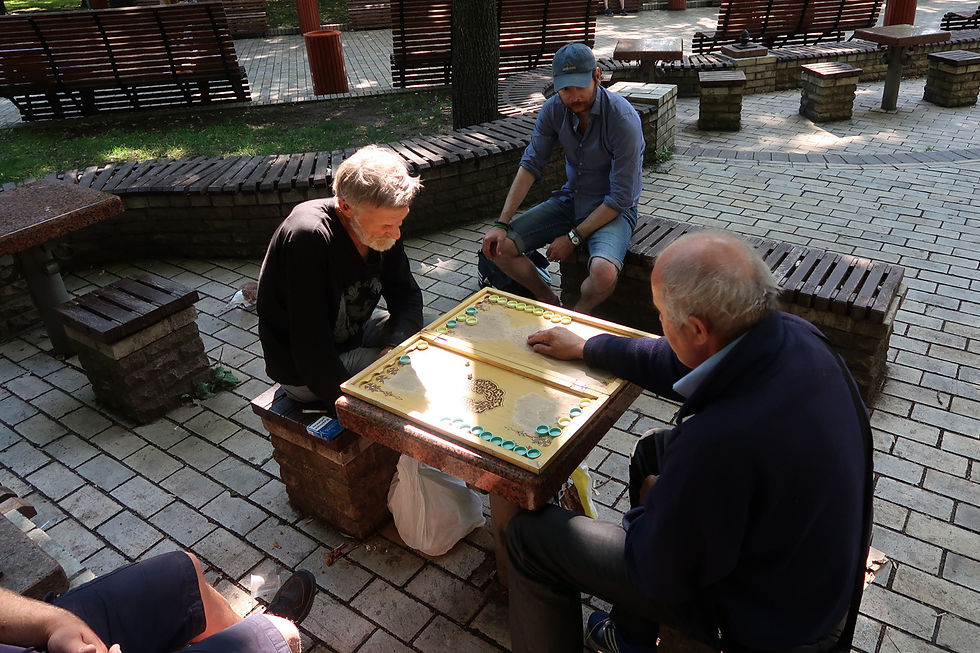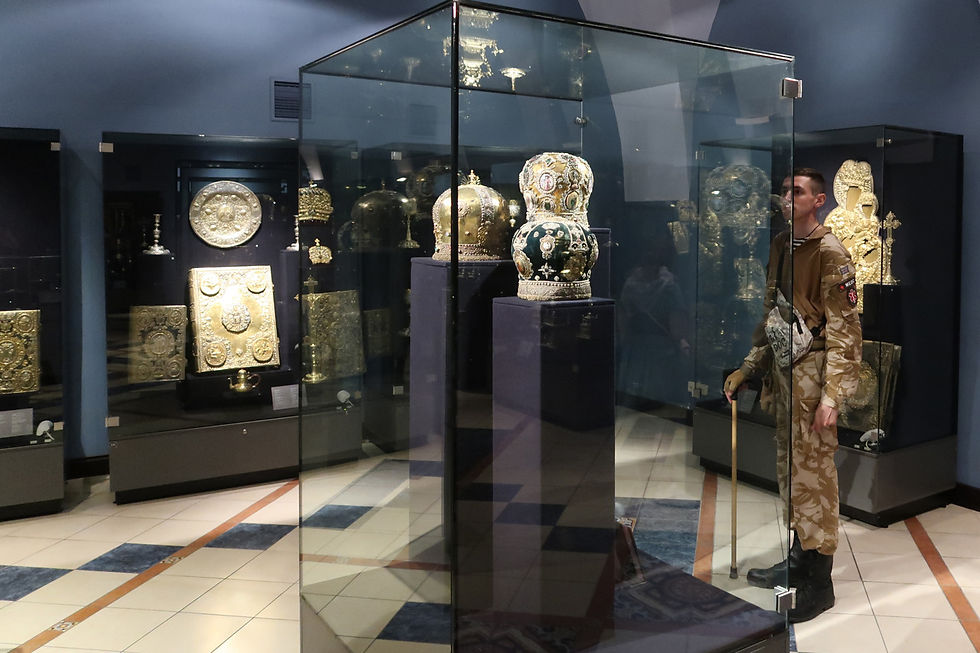Photographs by Eddie Gerald
The official name of the city has long been Kyiv, a transliteration from the Ukrainian Київ. The common English name of the city, Kiev, is a transliteration of the Russian Киев. Expect to see Kyiv used more often inside Ukraine, and Kiev to be used by most foreign media. The spelling of the city name in English-language guidebooks is debatable.
The Ukrainians are understandably very proud of their capital's role in establishing European civilisation in Eastern Europe. Kiev is one of the oldest cities in Eastern Europe, dating back to the 5th century, although settlements at this location existed much earlier. By the late 9th century, Kiev was at the centre of an emerging Eastern Slavic state. Between the 10th and early 13th centuries, the city reached its golden age as the capital of the first Ukrainian state known today as Kievan Rus, (Kyivan Ruthenia, or Rus-Ukraine). It was this state that shaped the religious and cultural foundations of the modern Slavic eastern European states.
In the middle of the 13th century, Kievan Rus was overrun by the Mongols. Later that century, Kiev became part of the Grand Duchy of Lithuania. In 1569 the city was absorbed into the Polish-Lithuanian Commonwealth. In 1654 the Cossack, Hetman Bohdan Khmelnytsky, "liberated" Kiev from that Commonwealth but then promptly folded it into Russian hegemony in an action that continues to be a sore point for Ukrainian nationalists.
Full Russian annexation came in 1775 and the city remained under Russian rule, with brief independence between 1918 and 1920 during the chaos that followed the Russian revolution. Over these two centuries, Kiev experienced growing Russification and Russian immigration. After the collapse of the Soviet Union in 1991, it became the capital of independent Ukraine and is now discovering its place as a large European capital.
While 85% of residents claim Ukrainian ethnicity, most Kievans usually speak Russian (all Kievans can understand and speak Ukrainian, nonetheless); Ukrainian is primarily spoken by immigrants from Western or Central Ukraine. Like many former Soviet cities, Kiev is a multicultural place: you will certainly meet ethnic Russians - which form about 13% of the city's population - and also Armenians, Azeris, Belarusians, Georgians and Tatars. There are also people claiming Jewish, Polish, Romanian and Hungarian descent.






























































Click photos to enlarge & read captions. More images can be seen and purchased through Laif agentur or Getty Images
